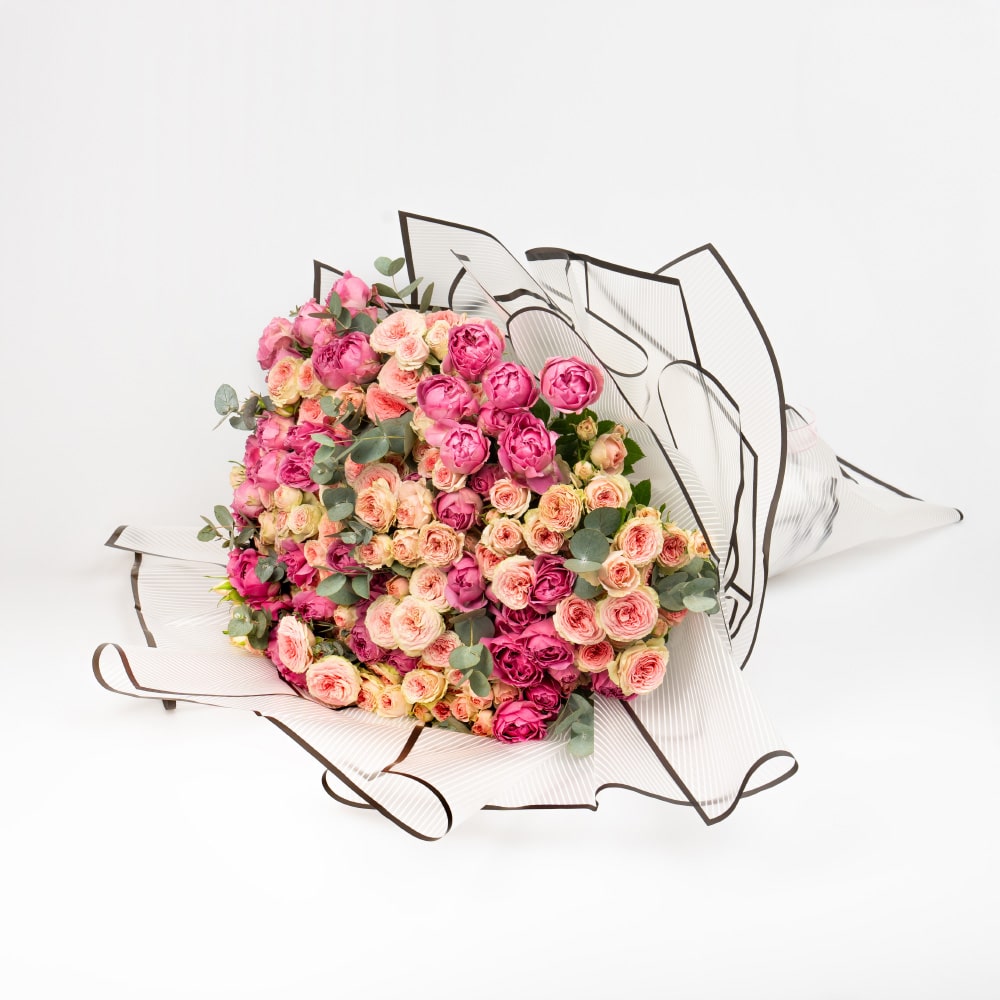
Celebrating Jun Birthdays with Floral Gifts
Birthdays are significant milestones, celebrated with the tradition of giving gifts to show love and appreciation. Flowers, with their beauty and symbolic meanings, are a timeless

Indoor plants are a beautiful and natural way to enhance your living space, improve air quality, and bring a sense of calm and tranquility to your home. However, keeping them healthy and thriving requires some attention and care. Understanding the specific needs of your indoor plants can make a significant difference in their longevity and appearance. This guide will walk you through essential tips and best practices for caring for indoor plants, ensuring they remain vibrant and lush all year round.
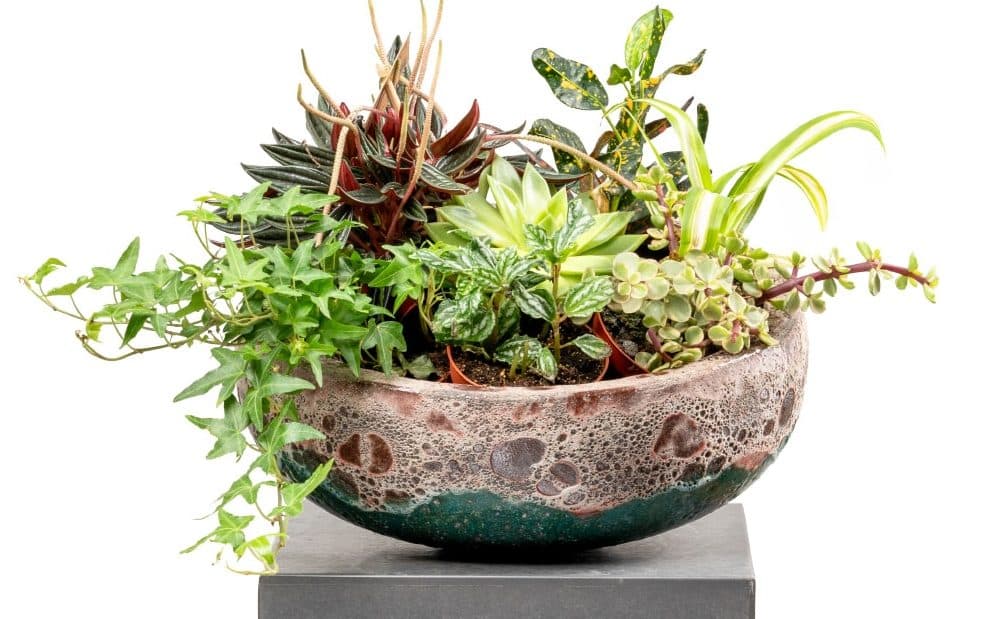
One of the most crucial factors in keeping indoor plants healthy is providing the right amount of light. Different plants have varying light needs, ranging from bright, direct sunlight to low, indirect light. Before placing your plants in a specific spot, it’s essential to know what kind of light they require.
For example, succulents and cacti thrive in bright, direct sunlight and should be placed near a south or west-facing window. On the other hand, plants like snake plants and pothos can tolerate lower light conditions and are suitable for rooms with north-facing windows or areas further from light sources.
If your home doesn’t have enough natural light, consider using artificial grow lights to supplement the light your plants receive. These lights are designed to mimic the natural spectrum of sunlight, providing the necessary energy for photosynthesis. When using grow lights, be sure to position them at the correct distance from your plants to avoid burning the leaves.
Watering is another critical aspect of indoor plant care, and getting it right can be tricky. Overwatering is one of the most common mistakes made by plant owners and can lead to root rot and other issues. On the other hand, underwatering can cause the leaves to wilt, turn brown, and eventually die.
The key to proper watering is understanding the needs of each plant. Some plants, like ferns and peace lilies, prefer consistently moist soil, while others, like succulents and snake plants, thrive with less frequent watering. A good rule of thumb is to check the top inch of soil—if it feels dry, it’s time to water.
When watering, make sure to use room-temperature water and water the soil directly rather than the leaves. Water your plants until the excess drains out of the bottom of the pot, which helps to flush out any salts or minerals that can accumulate in the soil. If your plant’s pot doesn’t have drainage holes, be extra cautious not to overwater.
Additionally, consider the humidity levels in your home. Many indoor plants, especially tropical varieties like orchids and ferns, benefit from higher humidity. You can increase humidity by misting the leaves, using a humidifier, or placing a tray of water near the plants.
Fertilizing your indoor plants is essential to provide them with the nutrients they need for growth and vitality. While outdoor plants can often draw nutrients from the soil, indoor plants rely on you to supply them with the necessary fertilizers.
The type of fertilizer you use will depend on the specific needs of your plants. For example, flowering plants like African violets and peace lilies benefit from a fertilizer high in phosphorus, which promotes blooming. Foliage plants, such as pothos and ferns, require a balanced fertilizer with equal parts nitrogen, phosphorus, and potassium.
During the growing season, typically from spring to early fall, fertilize your plants every two to four weeks. In the dormant months of winter, reduce or stop fertilizing altogether, as most plants enter a period of slower growth and don’t require as many nutrients.
When applying fertilizer, be careful not to overdo it, as too much can lead to fertilizer burn and damage your plants. Always follow the instructions on the fertilizer package and, when in doubt, use a diluted solution to prevent over-fertilizing.
Regular pruning and repotting are essential tasks for keeping your indoor plants healthy and attractive. Pruning involves removing dead or yellowing leaves, cutting back overgrown stems, and trimming away any damaged or diseased parts of the plant. This not only improves the appearance of your plants but also encourages new growth and prevents the spread of disease.
When pruning, use clean, sharp scissors or pruning shears to make clean cuts. Avoid tearing or pulling at the leaves or stems, as this can cause further damage. Regularly inspect your plants for any signs of pests, such as spider mites or aphids, and remove any affected areas immediately.
Repotting is necessary when your plant outgrows its current container or when the soil becomes depleted of nutrients. Signs that your plant needs repotting include roots growing out of the drainage holes, water pooling on the surface of the soil, or a lack of new growth.
When repotting, choose a pot that is one to two inches larger in diameter than the current one, and make sure it has drainage holes. Use fresh potting soil appropriate for the type of plant, and gently loosen the roots before placing the plant in its new container. Water the plant thoroughly after repotting to help it settle into its new environment.
Caring for indoor plants involves understanding their specific needs and providing the right conditions for them to thrive. By paying attention to light, water, fertilizer, and regular maintenance like pruning and repotting, you can ensure your plants remain healthy and vibrant. With proper care, your indoor plants will not only enhance the beauty of your home but also contribute to a more relaxed and inviting atmosphere. Whether you’re a seasoned plant enthusiast or just starting your indoor garden, these tips will help you keep your plants thriving for years to come.




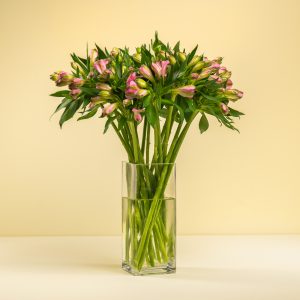

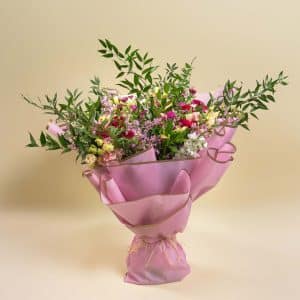

Share this post
You may also like

Birthdays are significant milestones, celebrated with the tradition of giving gifts to show love and appreciation. Flowers, with their beauty and symbolic meanings, are a timeless
Celebrate the Beauty of Spring with Plaza Hollandi’s Freshest Floral Arrangements Spring is more than just a season—it’s a feeling. It’s the return of light,
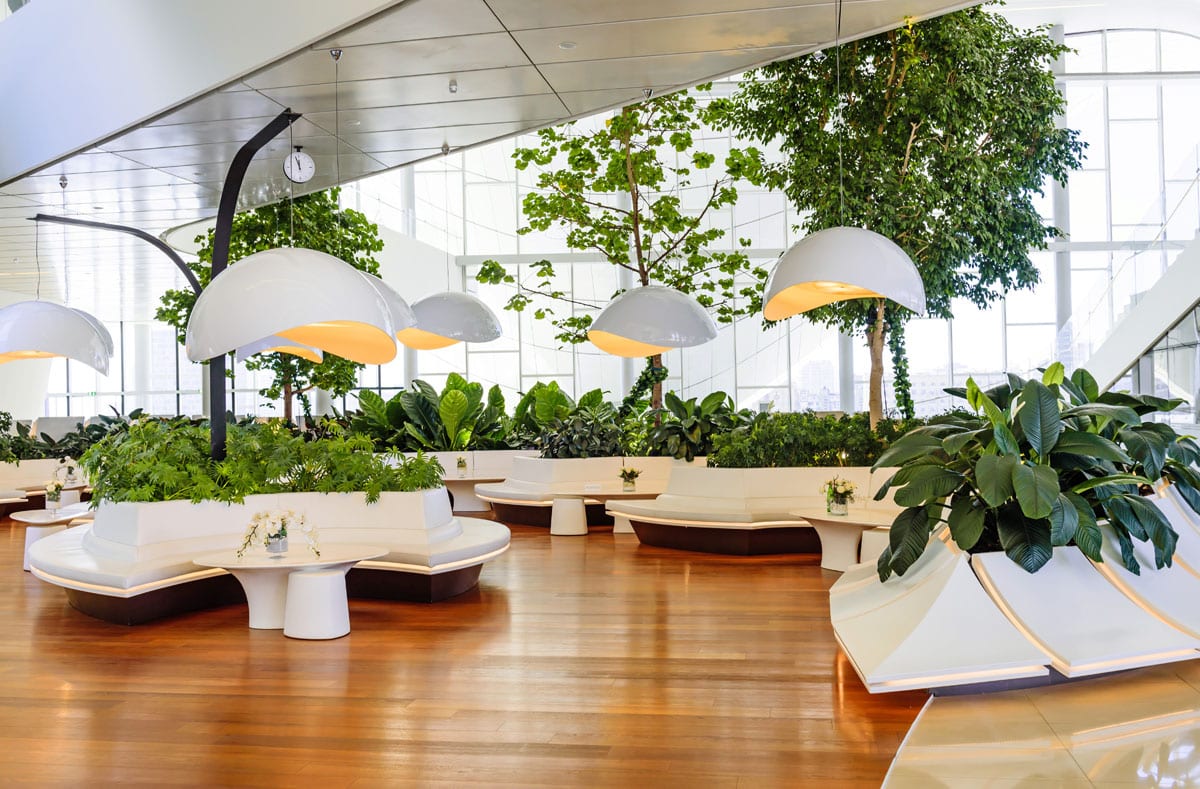
Our guide to the best indoor plants available for you.

A curated guide from Plaza Hollandi to elevate your Eid moments with timeless floral elegance Eid Al-Adha is a time of devotion, generosity, and joy. As
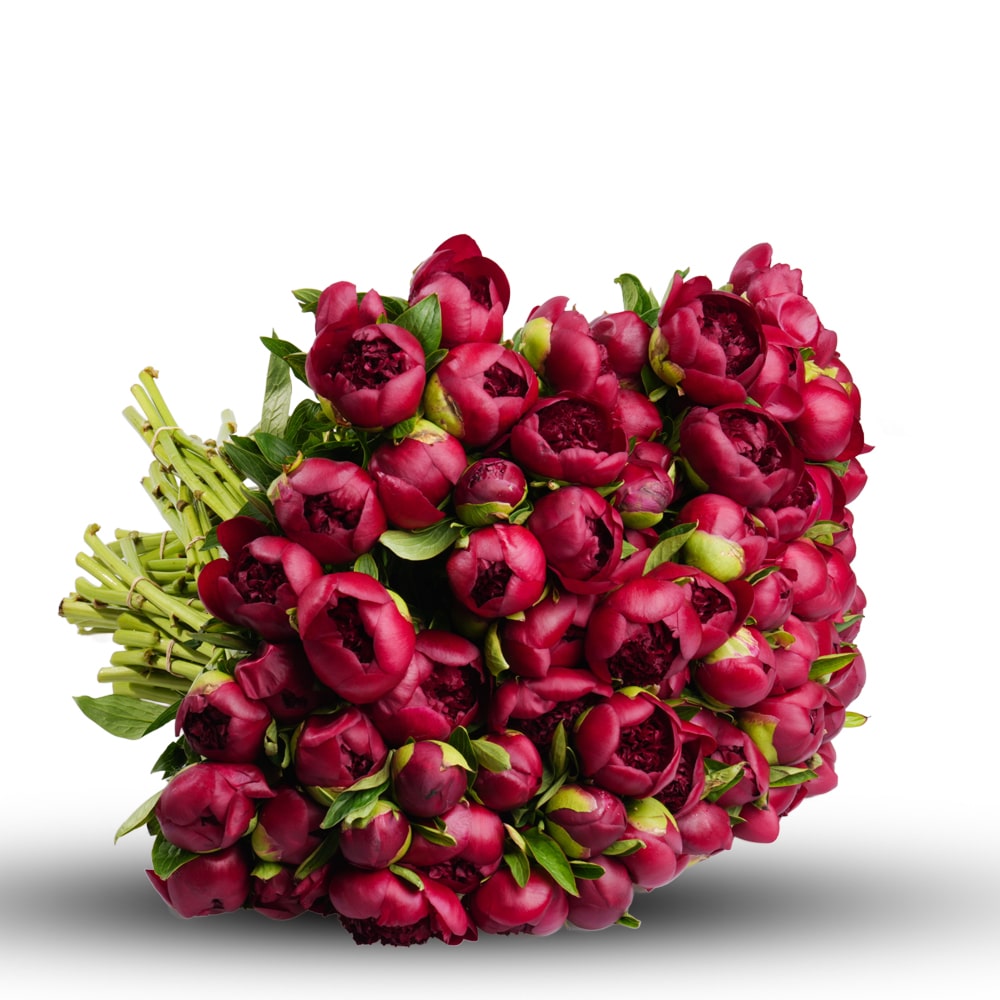
Celebrating Decamber Birthdays with Floral Gifts Decamber is a special month, marked by cooler weather and a sense of festivity as the year draws to
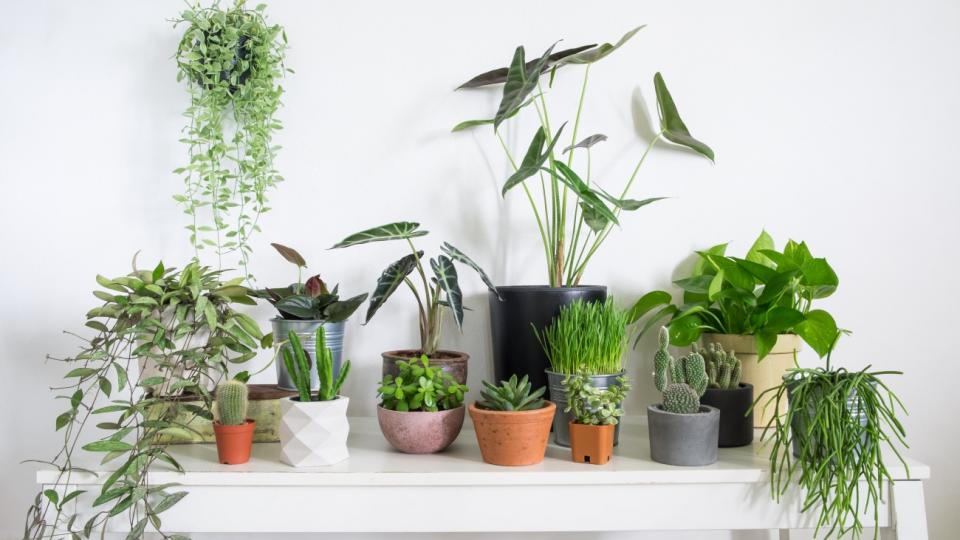
House plants are proven to increase your mood, find out more…
Be the first to know
Subscribe to our newsletter today and get the latest updates on sales and offers.